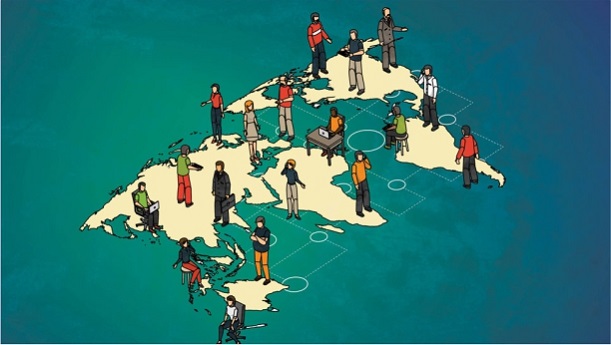
Who hold the onus of managing generational diversity then? Is it the more mature generation i.e., boomers and Generation X or the relatively younger generations millennials and Generation Z? Undoubtedly, this onus lies with every generation.
Log In or become an AIMA member to read more articles
